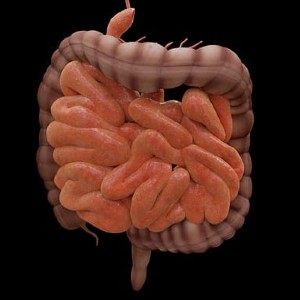Spatial clustering of colorectal cancer in Malaysia

All claims expressed in this article are solely those of the authors and do not necessarily represent those of their affiliated organizations, or those of the publisher, the editors and the reviewers. Any product that may be evaluated in this article or claim that may be made by its manufacturer is not guaranteed or endorsed by the publisher.
Accepted: 14 February 2023
Authors
Introduction: The rise in colorectal cancer (CRC) incidence becomes a global concern. As geographical variations in the CRC incidence suggests the role of area-level determinants, the current study was designed to identify the spatial distribution pattern of CRC at the neighbourhood level in Malaysia.
Method: Newly diagnosed CRC cases between 2010 and 2016 in Malaysia were identified from the National Cancer Registry. Residential addresses were geocoded. Clustering analysis was subsequently performed to examine the spatial dependence between CRC cases. Differences in socio-demographic characteristics of individuals between the clusters were also compared. Identified clusters were categorized into urban and semi-rural areas based on the population background.
Result: Most of the 18 405 individuals included in the study were male (56%), aged between 60 and 69 years (30.3%) and only presented for care at stages 3 or 4 of the disease (71.3%). The states shown to have CRC clusters were Kedah, Penang, Perak, Selangor, Kuala Lumpur, Melaka, Johor, Kelantan, and Sarawak. The spatial autocorrelation detected a significant clustering pattern (Moran’s Index 0.244, p< 0.01, Z score >2.58). CRC clusters in Penang, Selangor, Kuala Lumpur, Melaka, Johor, and Sarawak were in urbanized areas, while those in Kedah, Perak and Kelantan were in semi-rural areas.
Conclusion: The presence of several clusters in urbanized and semi-rural areas implied the role of ecological determinants at the neighbourhood level in Malaysia. Such findings could be used to guide the policymakers in resource allocation and cancer control.
How to Cite

This work is licensed under a Creative Commons Attribution-NonCommercial 4.0 International License.








